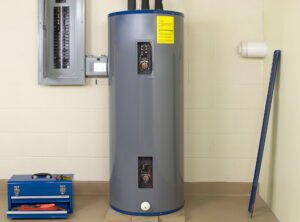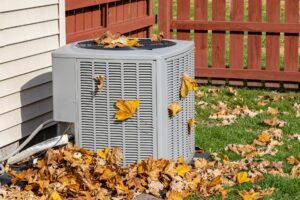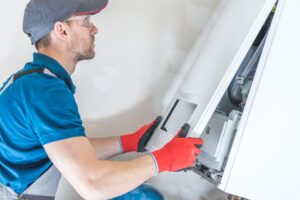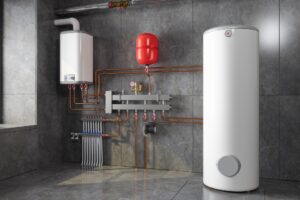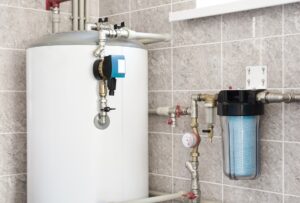Your water heater is largely out of sight, out of mind. As long as you have hot water when you turn on the faucet, you probably don’t give this appliance much thought. But the last thing you want is for your water heater to break down and leave you without hot water.
You can keep reading to learn more about five signs to watch for that can indicate your water heater is having problems that could affect hot water output. Then give our team a call to schedule your Finger Lakes water heater repair.

